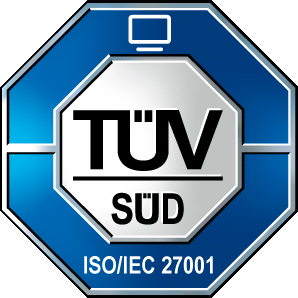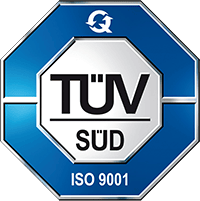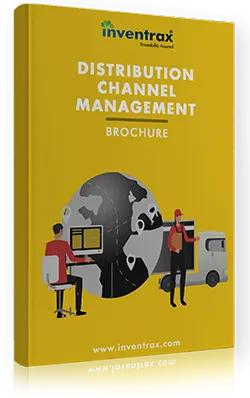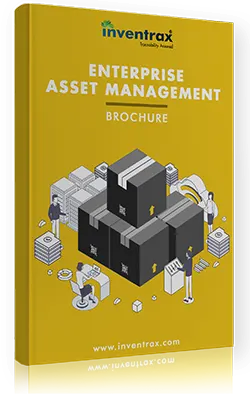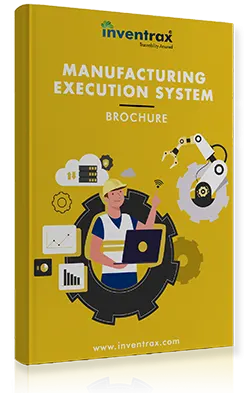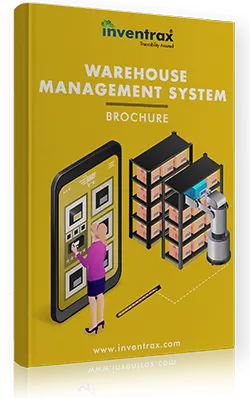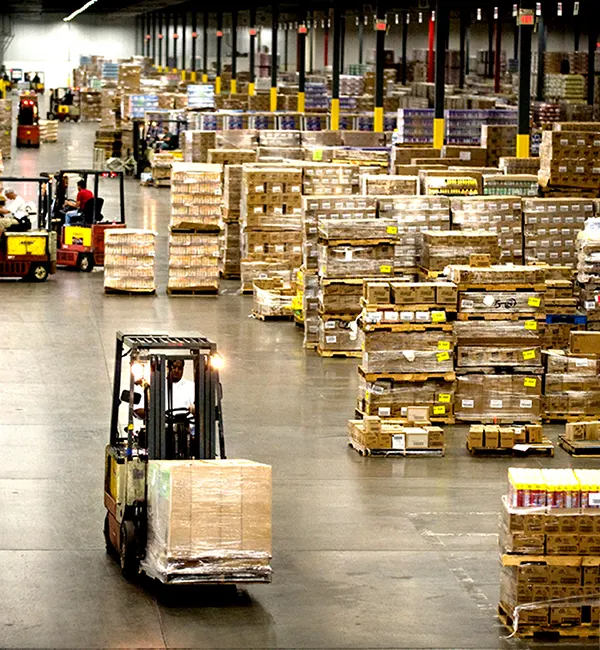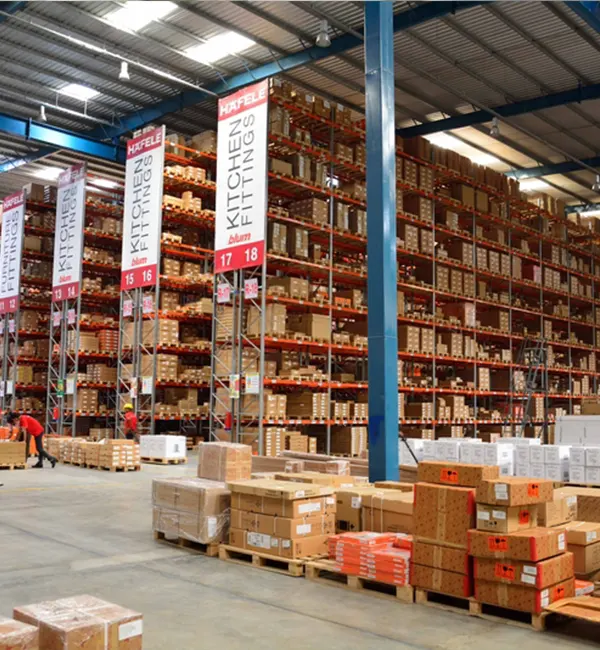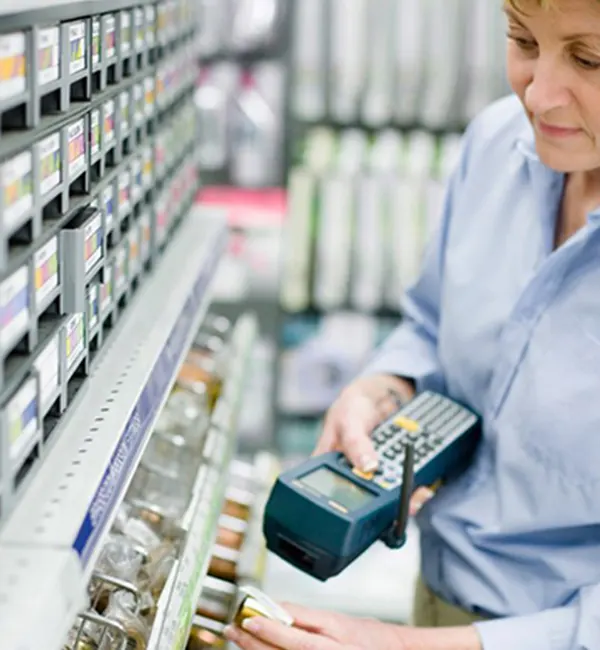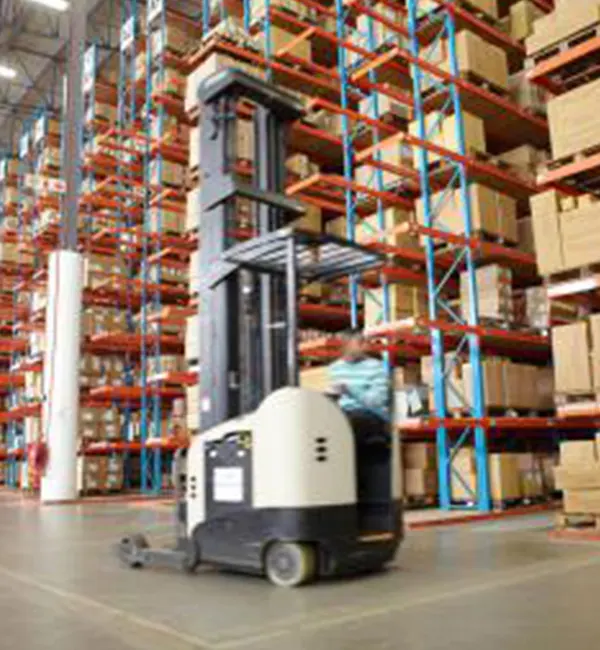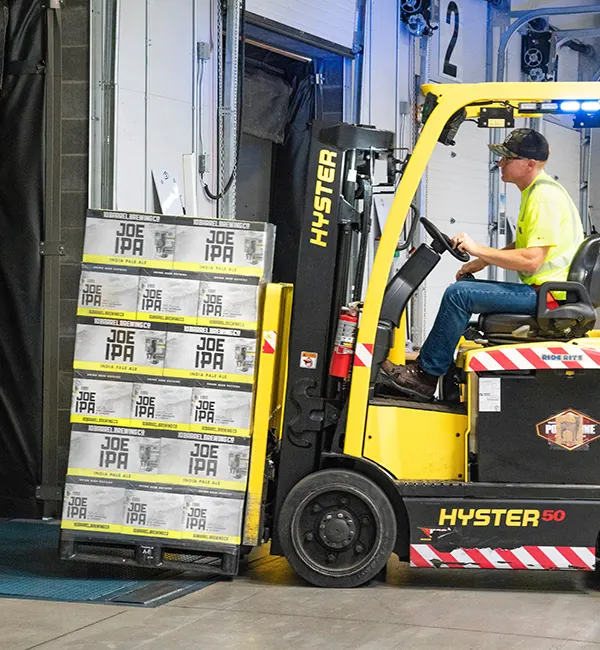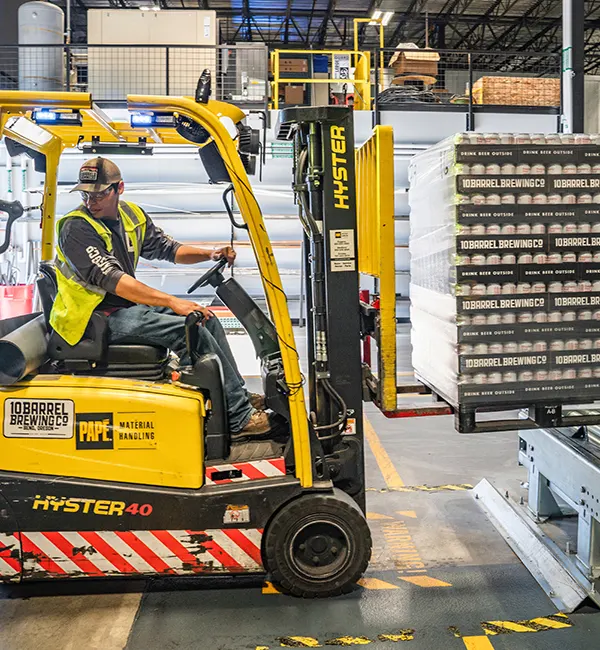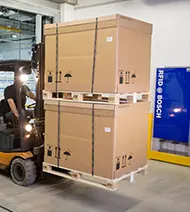Introduction
One of the trends that have accelerated in the last 15 years is the social awareness of the impact of food quality on health issues. In particular, due to increased perception of problems in the production and distribution of food, people have strong concerns about food-related illnesses and often support any initiatives towards improving food safety. Consumers want the ability to trace food, verify marketing claims, compare quality, and make the right decisions at the time of buying.
The business that participate in the supply chain, from farm growers to retailers share similar views. Food recalls and food-related illnesses can have a serious impact on the economies of growers, distributors, and retailers. They not only impact the normal business operations but they also damage brands and erode customer confidence.
Because of the common social need to invest in food safety, the different industry sectors that participate in food production, distribution, and retail have been developing food traceability standards and best practices. The standards are known as PTI; the acronym for Product Traceability Initiative, which is the industry organization driving the standard adoption.
Implementing PTI standards across the industry is not an easy task. There are many challenges like the difficulty of labelling products during harvest, the difficulty of integrating traceability information into heterogeneous IT systems, and the lack of simplified information analytics and reporting for the users. Despite the challenges, the industry is currently on a major drive to improve and integrate traceability solutions. Many companies providing IT services for the food industry have embraced the standards. Many start-ups promoting different business perspectives have also embraced the standards and are currently working towards innovative solutions in this space.
Traceability processes have historically been labour intensive and complex. Workarounds such as using paper for tasks that could be automated put your traceability procedures at risk of compliance breaches. These workarounds take up valuable time and are more prone to errors than with an integrated and automated system designed specifically for food and beverage organizations.
Food recalls are expensive and they also tarnish the brand names. Contamination can happen anywhere in the supply chain, so companies want to save their reputation and know where their food supply comes from. Accurate information for fresh foods is especially important because they are more prone to spoilage and contamination. Food Chain Traceability helps establish and improve consumer confidence resulting in additional sales lift for the foods industry. End-to-End food traceability will result in information awareness in the supply chain, allowing food suppliers and buyers to monitor the demand and transfer operations at any point, and communicate directly with the consumers.
Effective Traceability
Traceability verifies the history and location of a product by means of recorded and documented identification.
The ability to capture data to enable traceability has been around for a long time. However, manually entering traceability data leaves the possibility for inaccuracy, and the technology needed to be able to automatically track a product in a cost-efficient way has not been available.
For small- and medium-sized businesses, many traceability systems simply track a few key ingredients back to a single point in the manufacturing process. Technology to provide full traceability across enterprises or entire supply chains has turned out to be a real challenge for these companies, especially those in the food and beverage market.
Traceability and recall requirements
Food processors need the ability to trace a product one step backwards to suppliers and one step forward to customers within a reasonable amount of time. Starting at any point in the supply chain, you must be able to go backwards or forward rapidly to trace the source of contamination and contain a recall. The risk and complications of not containing an outbreak are severe. Let’s consider some common scenarios and the capabilities you would need.
Scenario 1: Product Contamination Alert
A customer has just informed you of an outbreak related to one of your products and provides you with the invoice number.
Very quickly need to identify which lot of product you sold to that customer and which other customers received that same product or lot of product. You must find out what ingredients went into it, the source of those ingredients, what quality tests were done, and the test results. From there, you must quickly determine every product that was made with the ingredients, every customer who received potentially contaminated products, and the location of any remaining inventory
If you received 100 Kgs of an ingredient that must be recalled, you must be able to account for all 100 Kgs in a reasonable time. In addition, you must notify the supplier of the ingredient. If your records are spread across multiple systems and filing cabinets, this process can become extremely complex and time-consuming. The cost implications and safety risks associated with any delays are significant. When a recall is required, isolating the issue quickly can help expedite communication and contain the recall, which has obvious consumer safety and business benefits.
Scenario 2: “Worker with contagious disease”
In another example, an operator with a contagious disease was working on your packaging line. Two days later you are notified about this exposure, and you must recall the affected products. Would you be able to quickly identify all the products that person had contact with? Can you do this in a reasonable amount of time? If not, you may have to recall all products packaged over a certain date range.
In this case, you need a system with quick traceability of processes and personnel, enabling you to limit your recall to only the products on one line instead of having to recall all products over a certain date range. That may sound simple, but unless you have quick access to all of the data required to evaluate the situation, it is very difficult and time-consuming. Unfortunately, most systems fall short. Not all ERP options have the capability to track inventory by lot. Not all ERP systems have the capability to connect and map the complete journey of an ingredient through the process.
Risks that can be Reduced
Traceability and recall containment is your insurance policy against several significant risks associated with foodborne illness.
- Regulatory — in the past, recalls were voluntary decisions made by the food processor. Now that traceability and recall containment is required, for nor losing the customers you need to recall of all products from the marketplace and consumers if traceability cannot be demonstrated.
- Strategic — Large retailers require a mock-recall demonstration as part of the supplier qualification process. Food processors that want to grow by selling to large retailers need to have this capability.
- Financial — the financial risks of recalls are well-documented. The costs of a massive recall and the consequences can destroy a business. Traceability can reduce the scope of the recall and therefore limit the financial risk. Further, the ability to perform timely and efficient mock recalls saves rupees on the front end and can limit damages in the case of an actual recall.
- Reputational — When your business is exposed to recall your brand reputation is on the line. A poor response can destroy your business beyond the financial impact. We all want to be good corporate citizens, but when the circumstances that lead to recall are out of our control, we can at the very least prove our investment in preparedness and act quickly to limit the consumer’s exposure.
Full Traceability
With this level of integration, supply chain functionality should include demand forecasting for better stock control and management, and multi-site logistics and inventory lifecycle management for better overall visibility, as well as mobile apps for barcode scanning and inventory traceability.
Improve Data Accuracy
Regardless of the ERP system you choose, a system is only as good as the data you put into it. Best practices are needed to reduce errors and increase efficiency when entering data.
Avoid Translation Errors
One common source of data error in the food and beverage industry is a translation error. This happens when an operator writes a lot numbers on a paper log and then a second person enters the lot numbers into the system. When the handwriting is illegible, the data can be misread and inaccurately entered. To avoid translation errors, the best practice is for the operator handling the lot to enter the lot number into the system
Automate Data Collection
Scanning tools, such as bar code scanners and vision systems, are more efficient for capturing lot and usage data. Not only do they add to productivity, but they are more accurate because they eliminate transposition and keying errors. The best practice is to use scanning tools throughout the entire supply chain, all the way from the supplier receipt through all processes, outputs, and shipments.
Traceability going forward
In the future, we will see even more devices capable of enabling traceability. These devices won’t just store the data, but analyze it in order to help reduce operating costs and adhere to strict industry regulations and consumer expectations. Technology advancements in IoT, Big Data and cloud computing are still relatively new to process manufacturing, so things aren’t going to happen overnight. The next few years will be the time for businesses to watch and learn — and be prepared.
Companies will need to spend this time putting a strategy in place to reap the traceability benefits of this technology, with a WMS system that can support them every step of the way.


